Tanzanite Experience in Tanzania
Tanzanite is a highly sought-after gemstone, renowned for its exquisite deep blue hue and relative rarity, as it is predominantly extracted in East Africa. Although Tanzanite may be located in various regions globally, it is generally discovered in conjunction with other gemstones, resulting in diminished value and a lack of classification as authentic Tanzanite. Moreover, numerous esteemed Tanzanite vendors decline to offer any stones that they did not personally discover during their safaris in Tanzania, rendering these authentic Tanzanite specimens highly coveted by discerning collectors globally.

What is Tanzanite?
Tanzanite is a gemstone that was discovered in Tanzania in 1967. The unique purplish-blue hue of Tanzanite renders it highly sought after for various reasons: as an investment, for its aesthetic appeal, and for its significant value in jewelry. It is globally available for acquisition; however, the prevalence of fraudulent vendors complicates the process of purchasing from a reliable retailer. Given these challenges, it is advisable to arrange in advance for the procurement of genuine tanzanite during your safari or travels in Tanzania.
Knowing Tanzanite
Tanzanite is a distinctive manifestation of blue zoisite crystals located solely in proximity to the Merelani Hills. The distinctive hue of Tanzanite results from the presence of Vanadium in the geological formation. This gemstone is renowned for its trichroic properties, displaying deep blue hues in white light, violet in incandescent illumination, and sometimes red overtones. Tanzanite, in the form of a ring, necklace, earring, bracelet, or other adornments, is a striking gemstone, frequently linked to audacity, individuality, and prosperity. Tanzanite presents a diverse spectrum of hues, ranging from soft lavender to a vivid deep blue with purple undertones.
The rarity of this soulful gem has further enhanced its worth. Tanzanite, closely associated with the country’s rich history and its legendary Mount Kilimanjaro, is as distinctive and extraordinary as its origin and the geological events that led to its formation. Tanzanite mines, referred to as the ‘Gem of a generation,’ are projected to be depleted within the next several decades. The gem has consequently attained significant collection value, as after mining ceases, the sole method of acquiring Tanzanite will be through the resale of pre-owned jewelry.
Since its initial prominence, numerous iconic jewelry pieces have been crafted from Tanzanite gemstones. British designer Kat Florence has had the opportunity to work with one of the largest Tanzanite stones ever sold at auction. Designated as the ‘Namunyak’, this impeccable gemstone weighed 563 carats prior to recutting and exhibited a profound royal velvet blue hue when viewed from the front, alongside deep purple from one side and pinkish-red from the opposite side. This stone was meticulously fashioned into a cushion shape and incorporated into an elaborate necklace worn by actress Sarah Jessica Parker during a prestigious photoshoot for acclaimed photographer Peter Lindbergh. The necklace was subsequently auctioned, and the proceeds were donated to a charity that supports the construction of a school in Nepal.

Tanzanite and the Unique Jewels of Tanzania
Tanzania, along with eastern and southern Africa, is a principal producer of gold, diamonds, and other precious gemstones. The nation, home to the largest diamondiferous kimberlite pipe known, gained further prominence in the 1960s with the discovery of its prized gemstone, the vivid purple-blue Tanzanite. The uncommon blue zoisite variant, named after its nation of origin, is exclusively located near the foothills of Mount Kilimanjaro in the Merelani region.
The extraction of gems in Tanzania first commenced with individuals and private enterprises; however, the government has since established the Tanzania Gem Industry to regulate gem extraction and mining operations. Tanzania, with over 50 cataloged varieties of stones and few mined, presents significant promise for the gem business, possessing untapped potential that warrants exploration.
Unlike other countries that typically possess a singular gem source, Tanzania’s unique geological conditions have endowed it with several exclusive gemstones, as well as a variety of peculiar phenomena in more widely distributed stones.
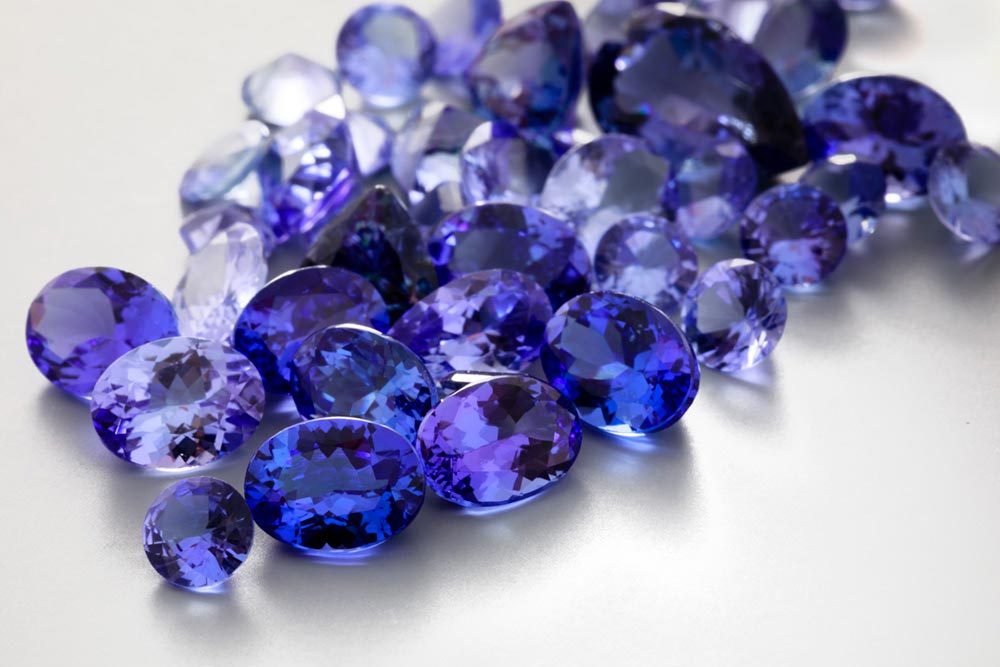
What is the origin of Tanzanite?
It is a stone originating from East Africa, notably Tanzania, and is a form of zoisite. Tanzanite is created when substantial heat and pressure induce the melting of zoisite, which, rather of liquefying like most minerals, solidifies in its molten condition and subsequently recrystallizes. This specific crystal structure is exclusively located in the Merelani Hills in the Arusha Region, Tanzania. Crystals occur under extreme pressure and heat within rocks such as granite, with these minerals gradually crystallizing over millions of years before ultimately changing into tanzanite approximately 100 million years ago.
What is the process of producing single source gemstones?
‘Single-source’ gemstones, as the term suggests, are exclusively located in one country or region of extraction. While certain gemstones such as diamonds, emeralds, and rubies are often mined in many locations globally, other stones possess intrinsic exclusivity.
The geological conditions required for the formation of a single-source gem must be exceptionally precise. The geological mapping of Tanzania, which illustrates the geological history of the African continent, has uncovered a succession of geological environments, including the evolution of the Archean Shield, subsequent metamorphism, the reworking of continental rocks, pre-rift magnetism, and active rifting.
Mt. Kilimanjaro, the highest standalone volcanic peak globally, was produced during the period of rift-related intrusive and extrusive processes in the Northeast and Southeast regions of the country. Tanzanite was created during the East African rifting event.
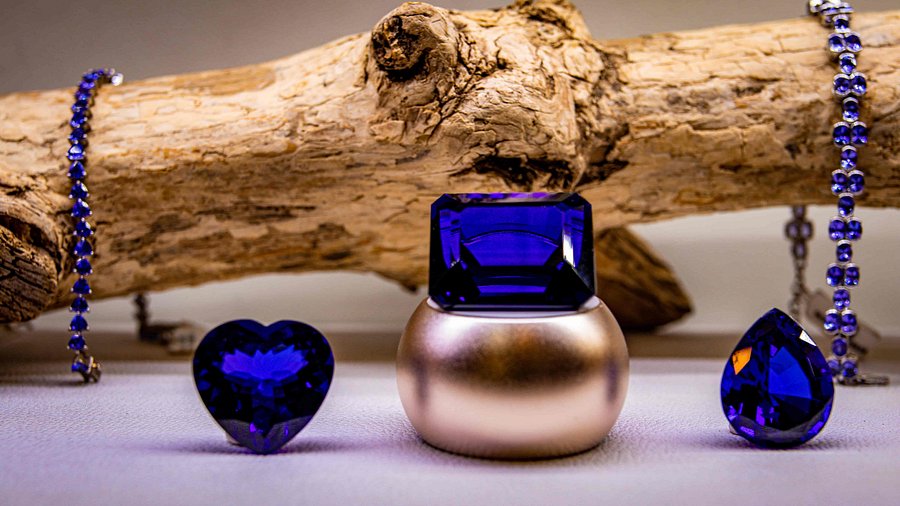
Criteria for selecting Tanzanite for purchase.
Several variables must be considered when acquiring Tanzanite. Many of these elements can be identified by examining a photograph of a rough stone. The elements encompass hue, translucency, and faceting.
The color:
Color is arguably a vital criterion for evaluating Tanzanite. Optimal hues emerge from profound blue accented by nuances of violet, orange, or gold. A stone that appears too bright and/or green should be disregarded, regardless of its clarity and cut quality. Heat treatment can influence the color, hence it is important to observe any heat marks on a stone.
Transparency in gemstones denotes their clarity when examined under a microscope at 10x magnification. The transparency of a gemstone correlates positively with its value. Stones exhibiting excessive inclusions, cloudiness, and/or discernible imperfections should be disregarded. If a stone is not fully transparent, proceed with caution; for investment purposes, avoid stones exhibiting apparent cracks and cleavage planes.
Cut
Cut denotes the manner in which a stone is fashioned. Avoid stones that are too deep or shallow, as well as those with elevated crowns and/or rounded edges. All these factors can adversely impact a stone’s price, clarity, and brilliance, hence it is crucial to consider the cut while purchasing Tanzanite. Most Tanzanites are often faceted into oval shapes due to their substantial size, although they can also be available in round brilliant cuts.
What to anticipate when purchasing Tanzanite in Eastern Africa during a safari or tour?
Here are several recommendations for acquiring tanzanite during a safari in Eastern Africa. Ensure you consult a respectable dealer who can provide you with all available options, including the authenticity of the hue (some less expensive stones may have synthetic colors applied). Given the widespread popularity of tanzanite, it is readily available; however, ensure you consult trusted sources prior to making a purchase. Ensure that your purchase includes certification; if an item lacks documentation verifying its authenticity and value, use cautious. Purchasing counterfeit jewelry, regardless of its apparent value, is never advisable. One should exercise caution when purchasing valuable stones, as they frequently have similar appearances upon careful inspection. Remember that authentic African tanzanite consistently exhibits a light blue or purple hue. Observe the light’s reflection on each stone and consider other physical characteristics, such as the precision of the cut edges; superior specimens will reflect more light than inferior ones.
During a safari in Eastern Africa, you may have observed exquisite, dark blue stones that exhibit greater brilliance than any other gemstone. These are Tanzanite gemstones, which occupy a distinctive position in African history and culture and are esteemed by many for their aesthetic appeal and hue. Do not let these exquisite diamonds to go unnoticed.
Other Minerals in Tanzania besides Tanzanite
Natrolite
Although cherry quartz is currently prevalent, the majority of gemstones available are either synthetic or have been subjected to heat treatment to attain their rosy red hue. Tanzania is the sole known source of a unique variety of naturally occurring cherry red quartz called Natronite. Commonly known as Tanzanian Natrolite, this stone exhibits a color spectrum from deep red to light pink and possesses a notable mining history.
The extraction of Natrolite is challenging and restricted, occurring solely on a limited expanse of Maasai territory. Access to the Natrolite mining sites and land owned by the Maasai, as one of the last indigenous tribes globally, is restricted and governed by preservation policies. The extraction of red quartz is conducted solely through artisanal methods by local inhabitants and tribal members. In addition to conventional herding and agriculture, the extraction of Natrolite provides an alternative source of income for the Maasai.
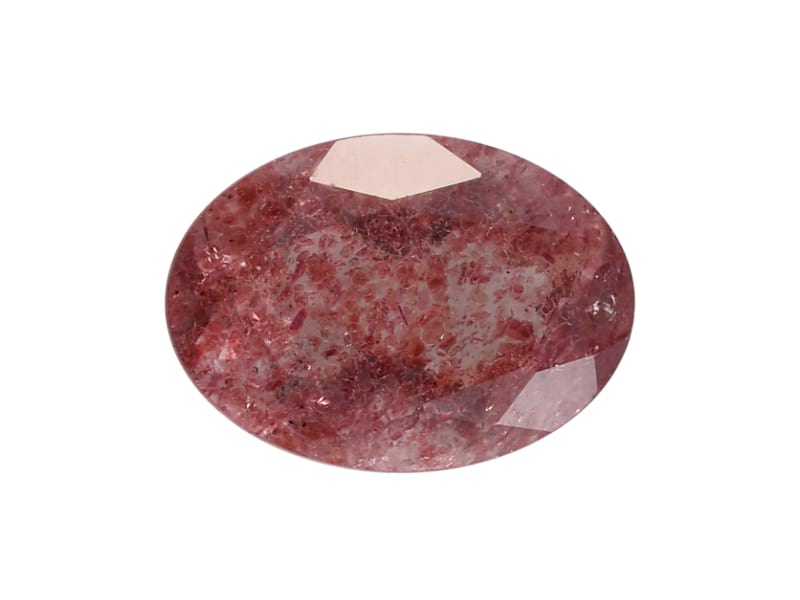
Purple Yoderite
Another example of stones that are found solely in Tanzania is the purple Yoderite. The gem, consisting of a complex amalgamation of magnesium, aluminum, iron, and various other elements, is exclusively located in the Mautia Hill region near Dodoma. Yoderite is frequently located within schists, interspersed with fragments of quartz, talc, and kyanite. A newly discovered green variant of the stone has emerged in the Chewore Hills of Zimbabwe, whereas Tanzania’s Yoderite typically exhibits a deep purple to dark violet hue and possesses pleochroic properties that include red, blue, and brown.
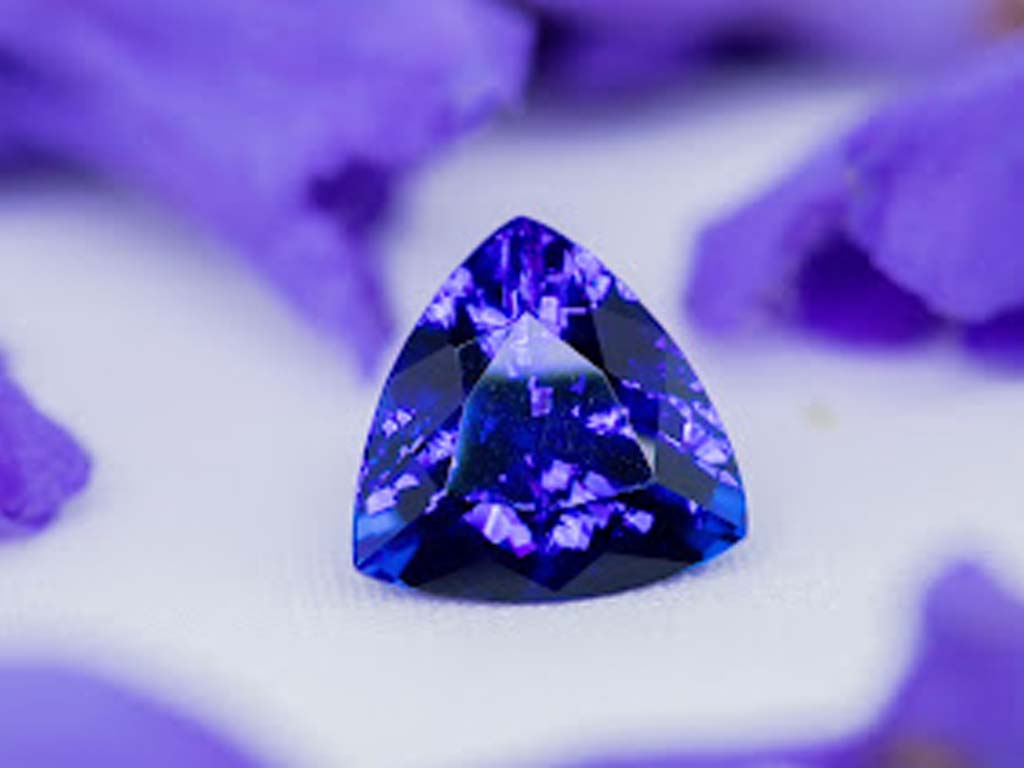
Diamonds
Diamonds have captivated the world for as long as history recalls. The lustrous transparent crystal has become an essential addition to your jewelry collection, whether as subtle stud earrings or as part of an elaborate necklace. Diamonds are predominantly located in the most exquisite jewelry collections and can enhance any ensemble.
In 2019, Tanzania was the ninth largest diamond producer in Africa, selling over 402,000 carats. Diamond mining predominantly occurs in Northern Tanzania, specifically in the Shinyanga and Simiyu regions. A flawless 54-carat pink diamond, one of the most valuable diamonds extracted from Tanzanian mines, was presented to the future Queen Elizabeth and Prince Philip on their wedding day.
Rubies
Tanzanian rubies, located in the Morogoro region (Mahenge and Matombo area), Winza in the Dodoma region, and Tunduru in the Ruvuma region, are among the hardest gemstones globally, making them ideal for daily wear. Significantly rarer than diamonds, these stones are highly coveted for their vivid red hue and luster. Although certain rubies may exhibit a nearly fluorescent luminescence, Tanzanian rubies do not fully manifest this characteristic due to their elevated iron content.

Sapphires
Sapphires of nearly every color were initially discovered in the 1950s near the Umba River and have since been located in other regions of Tanzania, including Tunduru in the south and Winza in the central area. Tanzanian sapphires are typically a deep blue and are renowned for their diverse hues, which include blue, green, yellow, orange, and even pink. Certain gems exhibit color-changing properties, displaying light purple hues under incandescent illumination. Sapphires attain a remarkable 9 on the Mohs hardness scale, rendering them nearly as robust and enduring as diamonds.
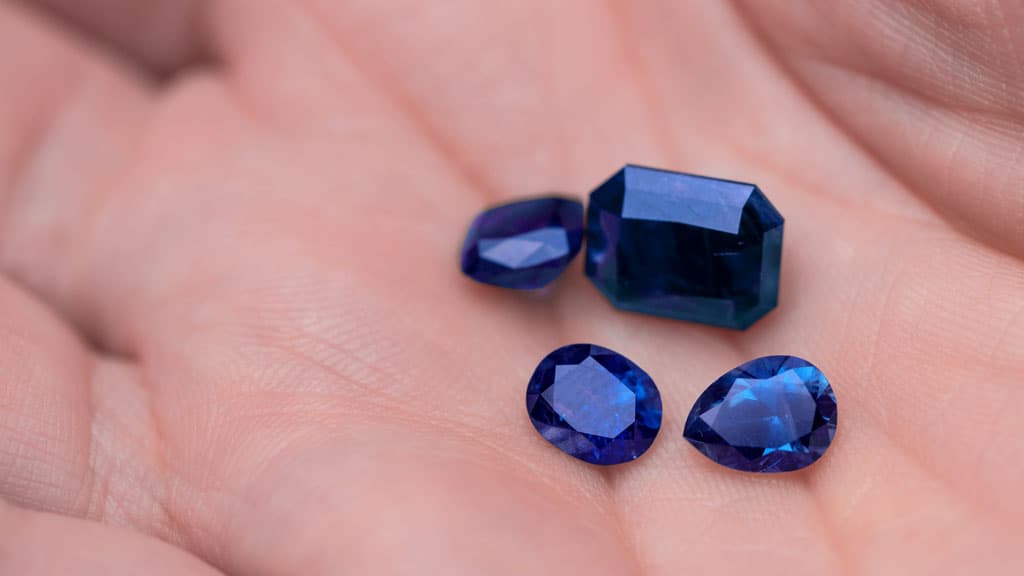
Garnet
Ultimately, one cannot discuss gemstones in Tanzania without referencing the renowned garnet. Like sapphires, garnets from the Umba region exhibit a range of colors, including green, purple, red, orange, and certain pastel shades, attributable to the presence of various elements in their composition, such as iron, manganese, chromium, and vanadium.
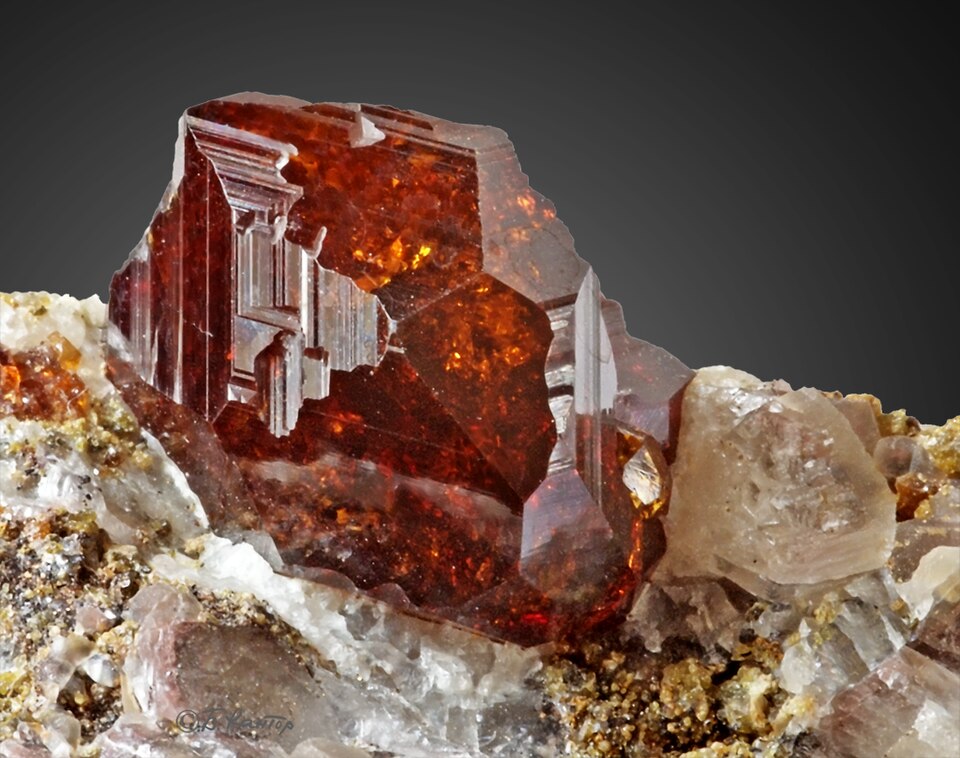
Tanzania, a nation of considerable wealth, is home to a diverse array of renowned precious gemstones, including emeralds, tourmaline, alexandrite, and amethyst, as well as lesser-known stones such as scapolite and spinel. Nonetheless, its most prized possession will eternally be the illustrious Tanzanite. The stone, characterized by its distinctive blue base color and shifting hues, serves as a genuine accessory for the audacious and the refined. Our catalog offers a diverse selection of shapes, colors, and carats, suitable for rings, bracelets, necklaces, and earrings, guaranteed to satisfy.

